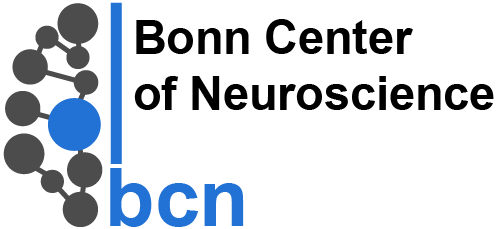From Mice to Men and Back Again: Translating and Refining Treatment Strategies for Spinal Cord Injury
Targeting Protein Synthesis to Tackle Neurovirulence and Neurodegeneration
Too much of a good thing? How Rab39 Puts the Brakes on Synaptic Autophagy
Abstract: Presynaptic terminals can be located far from the neuronal cell body and are thought to independently regulate protein and organelle turnover. Autophagy is a critical process for maintaining proteostasis, and its synaptic dysregulation is associated with neurodegenerative diseases. We report a soma-centered mechanism that regulates autophagy-controlled protein turnover at distant presynaptic terminals in Drosophila. […]
Cell-type specific voltage imaging of neural spiking, oscillations, waves, and memory dynamics
Abstract: Fluorescent genetically encoded voltage-indicators report the membrane voltages of targeted cell-types. Recent advances in the development of these indicators have enabled optical voltage-imaging experiments capturing the spiking dynamics of up to 3 neuron classes at once in the brains of behaving mammals. We recently used this capability to uncover a new form of interaction between an […]
What can fishes teach us about the brain?
From genes to therapies for Alzheimer’s Disease: Translating genetic findings into molecular mechanisms and drug discoveries using CRISPR and iPSC derived microglia
Brain-wide monosynaptic single-neuron connectivity with ROInet-seq
Representational drift in the hippocampus-entorhinal circuit
Abstract: A prevailing notion in memory research is that the persistence of a memory depends on the stability of the neural codes established during learning. However, recent studies have shown that hippocampal place codes and cortical sensory codes gradually change (or drift) over time, challenging the idea that stable codes are required for stable memories. […]
